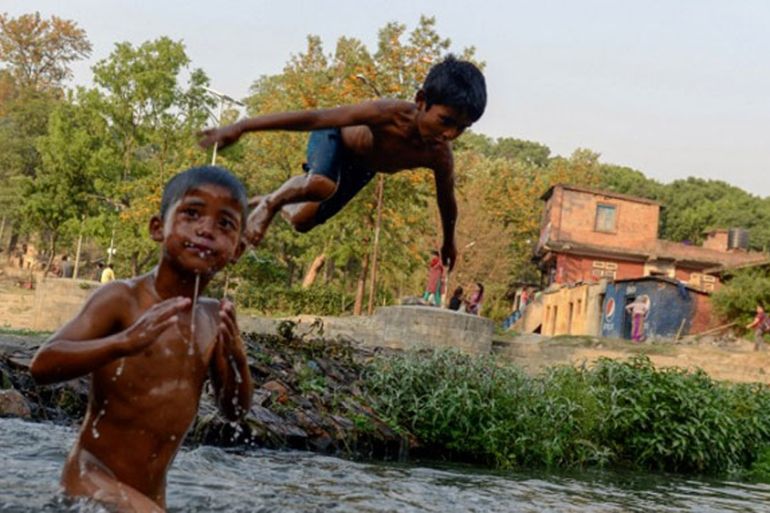Year after earthquake, Nepal suffers water shortages
Pre-monsoon heat and changed water sources make this April particularly dangerous.

As Nepal’s temperatures rise ahead of the southwest monsoon rains, this year brings more than the usual trials.
A year ago, Nepal was reshaped by two violent earthquakes. The obvious results of destruction have been well documented.
Keep reading
list of 4 itemsAfter the Hurricane
World’s coral reefs face global bleaching crisis
Why is Germany maintaining economic ties with China?
Less obvious is the disruption to natural water supply. The earthquake has disrupted aquifers, making this dry season’s water scarcity much more acute.
Santosh Nepal, a water expert at the International Centre for Integrated Mountain Development, explains: “During the earthquake, the displacement of land surface also disturbs the groundwater storage.”
Land gets compressed in some places, producing more spring water, whereas it expands in other areas resulting in less spring water. Similarly, the interconnected water pathways below the surface get disrupted and water changes course.
In those places, where the journey to fetch water has increased by hours, this pre-monsoon heat is dangerously debilitating.
Already temperatures are above average and higher than this time last year. Kathmandu is registering 33C by day, five degrees above normal and only two below the April record.
Siddarthapagar and Nepalgunj are both above 41C daily. This too is five degrees above the average for April.
India’s heatwave is also earlier and fiercer than last year’s and there is no reason to suppose that temperatures in either India or Nepal will reliably fall back to average.
The burst of the monsoon rain could well be two months away for Nepal and before the main rains, there will be thunderstorms. These will top up some aquifers, even though they may now serve different springs.